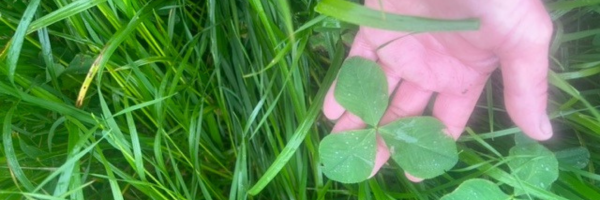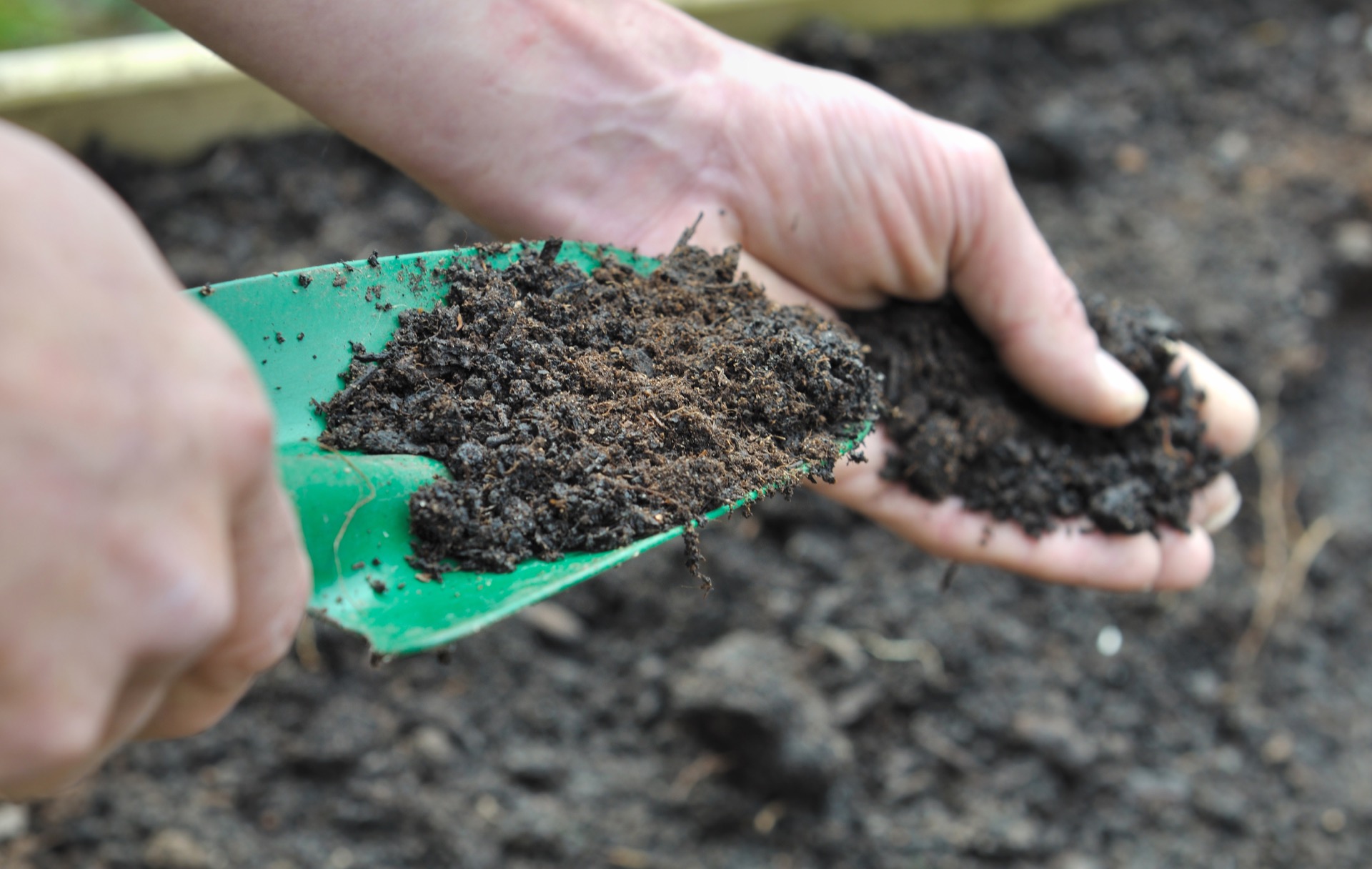
24 Oct Turning the Tide: Rebuilding a Dairy Farm After a Flood
Ashley Dempster is a dairy farmer in Zeerust near Shepparton in north-east Victoria. He manages a herd of around 230 cows. In late 2022, his farm was flooded.
With seventy millilitres of rain, the water was on the ground between 2 and 6 weeks in the worst affected paddocks. This killed much of the beneficial microbes in the soil.
How using Biolink products helped Ashley’s farm recover following a flood
To mitigate the risks caused by flooding, we recommended he apply at Biolink Bio-Hum 5 kilos to every hectare. Bio-Hum contains powerful, high-strength, multi-strain microbials to boost soil biology, assist in nutrient uptake, and stimulate plant growth.
“We double-sowed the pasture with shaftal clover and ryegrass, and it’s come up really good. Then in February, we reapplied Bio-Hum mixed with 50kg of MAP (mono ammonium phosphate) across the farm at 5kg per hectare,” explained Ashley. “We were amazed at how green the pasture came back. Where the permanent pasture was, it came good within a week.”
“We then applied Biolink’s Ignition with the tow and fert in September 2023, mixing it with thirty kilos of liquid urea and a bit of sugar.”
“The amazing thing is the area is no longer waterlogged. The cows can really tell where the grass is healthier. And having fed on the paddocks where we applied the Biolink product, I can see that the milk volume has gone up by two litres [per cow] overnight.”
“The milk is choc-a-block! Unbelievable!“
“It’s changed the microbiology. Kevin, your stuff’s good. We’re going to keep using it. It’s working! Thank you.”

Why it’s important to reinvigorate your farm after a flood
Flooding on farmland has some seriously negative outcomes for crop and pasture growth.
According to government sources, the main problems include:
Starving the soil of oxygen
Flooding inundates your fields, saturating the soil and robbing it of vital oxygen. Without adequate oxygen, your crops’ root systems suffer, leading to cell damage, root decay, and, ultimately, plant demise.
Stagnant water and heat stress
When floodwaters recede and leave behind shallow, stagnant pools, your crops are at risk of overheating. In hot, sunny weather, these pools can heat up rapidly, killing plants within hours.
Nutrient leaching
Floods and heavy rainfall have another adverse effect on your farm – they leach essential nutrients from the soil, including nitrogen, potassium, iron, and boron. This nutrient loss can harm your plants’ overall health and productivity.
Increased disease and pest pressure
Wet, humid conditions are the perfect breeding ground for diseases and pests that devastate crops and pastures.
Using Biolink’s microbial-based fertilisers will boost micronutrient uptake and promote healthy plant growth. It will also increase the efficiency of your conventional fertiliser.
Get in touch to learn more about the Biolink System for flood recovery.



